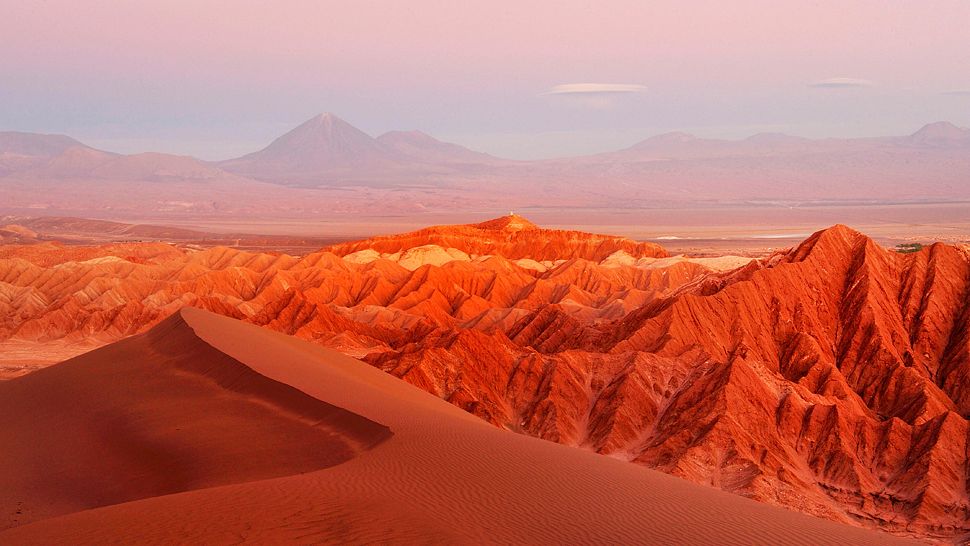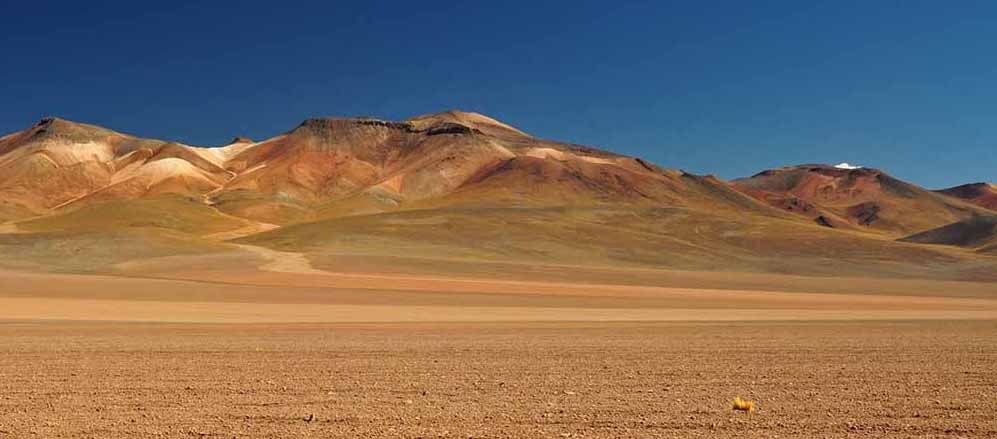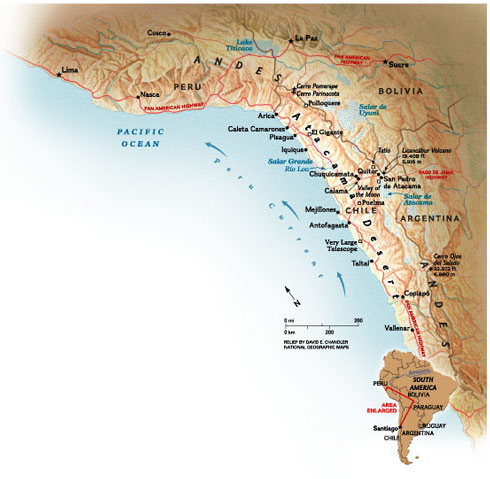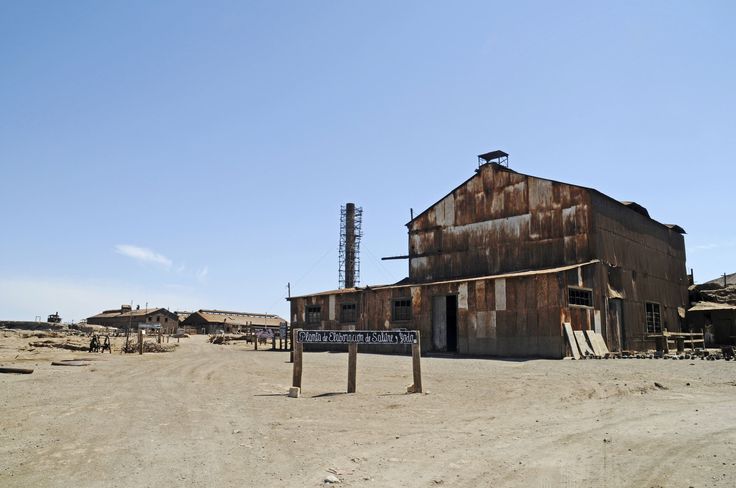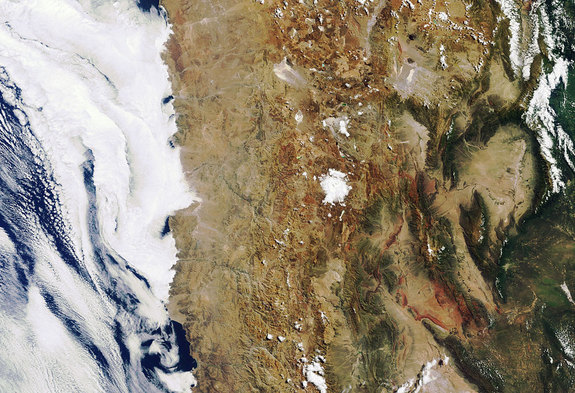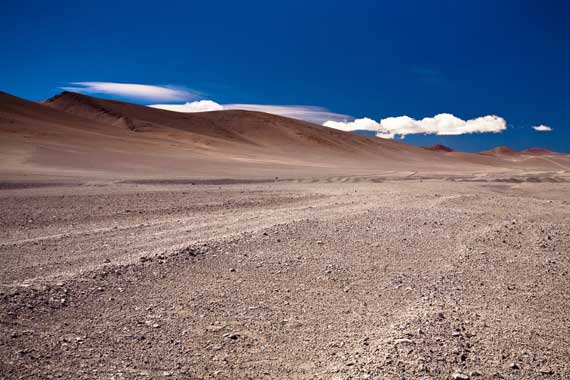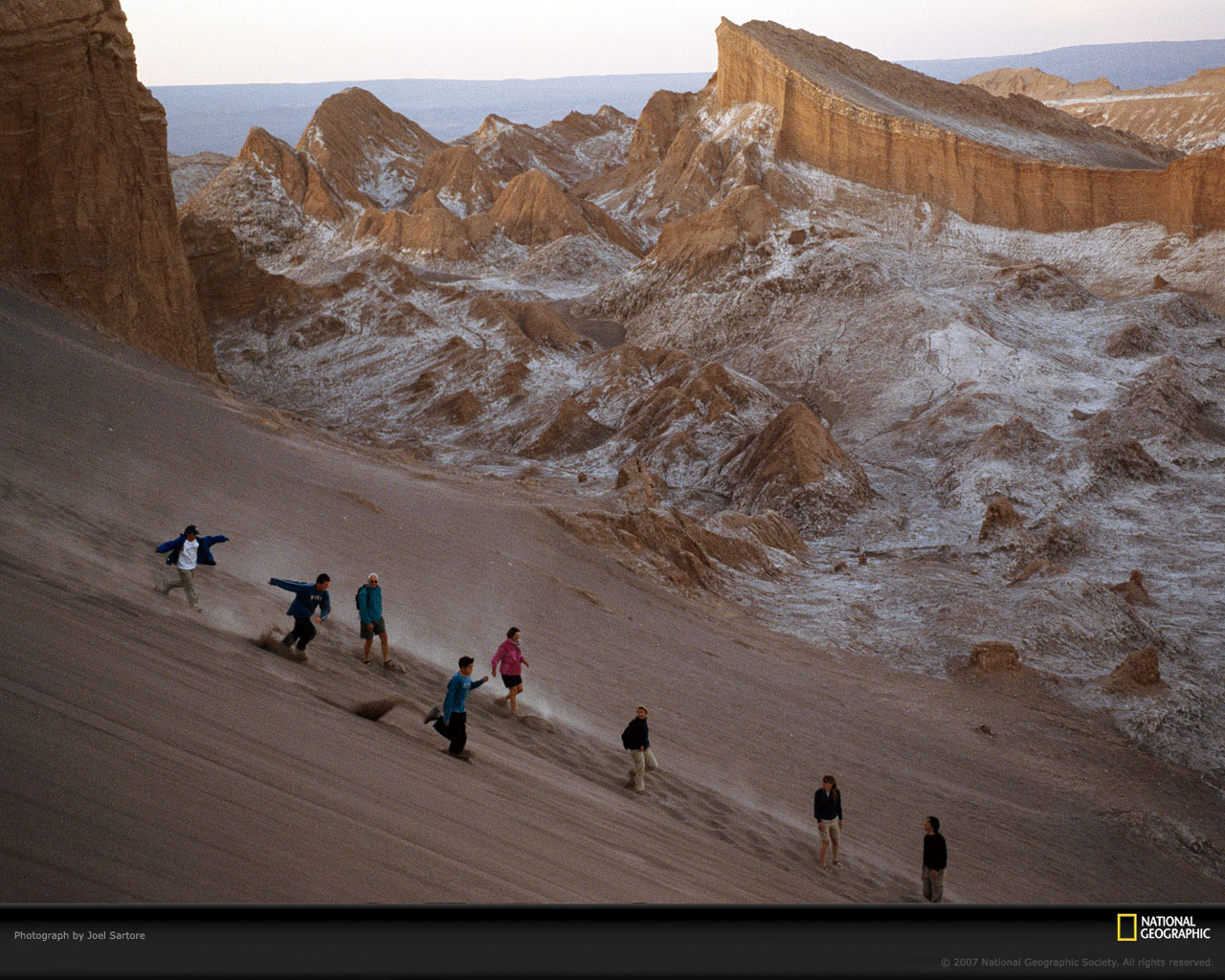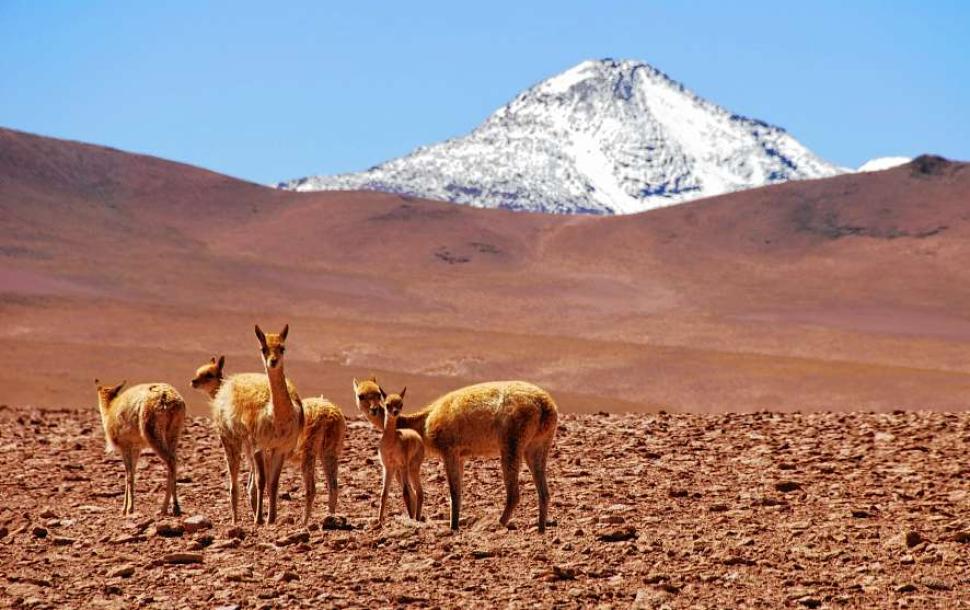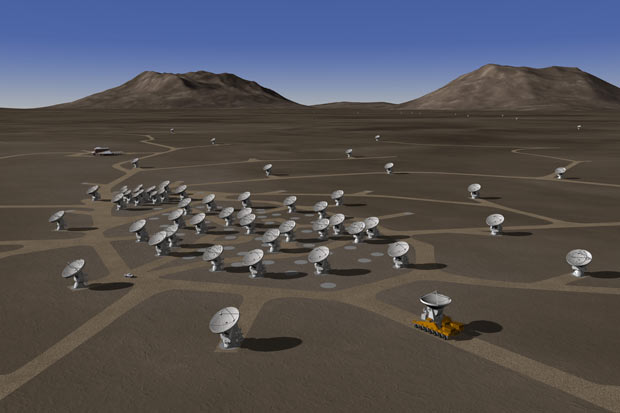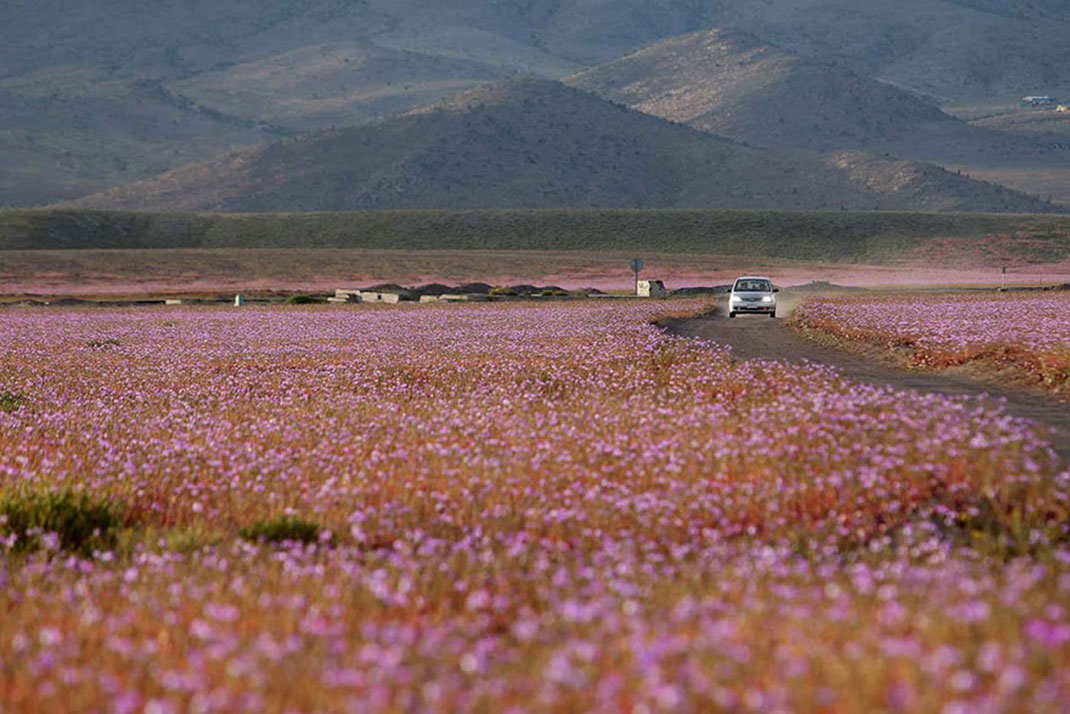For the lover of the beautiful scenic places we present some very interesting facts about Atacama desert.
1. Driest place on earth
The Sahara desert can be regarded as the largest desert in the world. However, the Atacama Desert in northern Chile is the driest in the world. NASA and National Geographic both have confirmed this fact. There are parts of the Atacama desert that have never recorded rainfall, and some rivers in the area appear to have been dry for thousands of years. When compared with death valley it is 50 times more drier.
2. Infertile soil
As the desert has Andes Mountains on its one side and the Chilean Coast range on the other. The soil does not receive any moisture and has become sterile.
3. Source Of Conflict Between Chile And Bolivia
Chile regained control of all the Atacama after the Pacific War, which occurred from 1879 to 1884. Before that, Bolivia controlled the southern half of the desert. Bolivia still claims a part of the territory. In the map above you can see where Atacama desert is located? It is just next to Bolivia
4. World’s largest source of Sodium Nitrate
Atacama has been exploited by the Chilean mining companies for its deposits of sodium nitrate, which was used as a fertilizer before the advent of synthetic nitrates. After the post-World War synthetic nitrates development, Atacama mining boom collapsed. Still Bolivia is the biggest producer of Sodium Nitrates in the world. The desert remains a good resource for copper ores as well.
5. 22nd biggest desert in the world
The Atacama desert has an area of about 70,000 square miles. It is 100 miles wide at certain points and stretches 600 miles south of the Peruvian border.
6. Barren landscape
The Atacama is known for its barren landscape and almost complete absence of vegetation. This is the natural result of scarce rainfall and lack of moisture due to the geographical conditions.
7. Scarce human population
During the nitrate mining boom of 1930s, communities were established in the desert, but these communities were largely abandoned when the boom collapsed. The people however still exist in villages along the coast and in traditional communities.
8. NASA research lab for MARS
Carnegie Mellon University researchers and NASA have used a mobile robot to study the most desolate regions of Atacama to find life there. Microorganisms have indeed been found there and the study shows that these organisms can survive in the harsh environment. Scientists hope to use these results to determine what to look for when searching for life on planets such as Mars.
9. World’s most expensive astronomical telescope
Due to its high altitude, lack of air pollution and clouds, Atamaca desert is an ideal location for astronomy. In fact, it has world’s two top observatories. They are La Silla and Paranal, and are in fact being operated by the European Union.
Since, 3rd October 2011 it also boasts world’s most expensive ground observatory known as ALMA. This observatory has 66 radio telescopes to peep deep into the Universe and find its origins.
10. Blossoming of Flowers due to El Nino
Although, Atamaca has very little rainfall and few species survive here but El Nino has brought some interesting changes to this region. This year just after Christmas ocean currents have brought rains. Over 200 species of flowers have blossomed in Atmaca desert.
